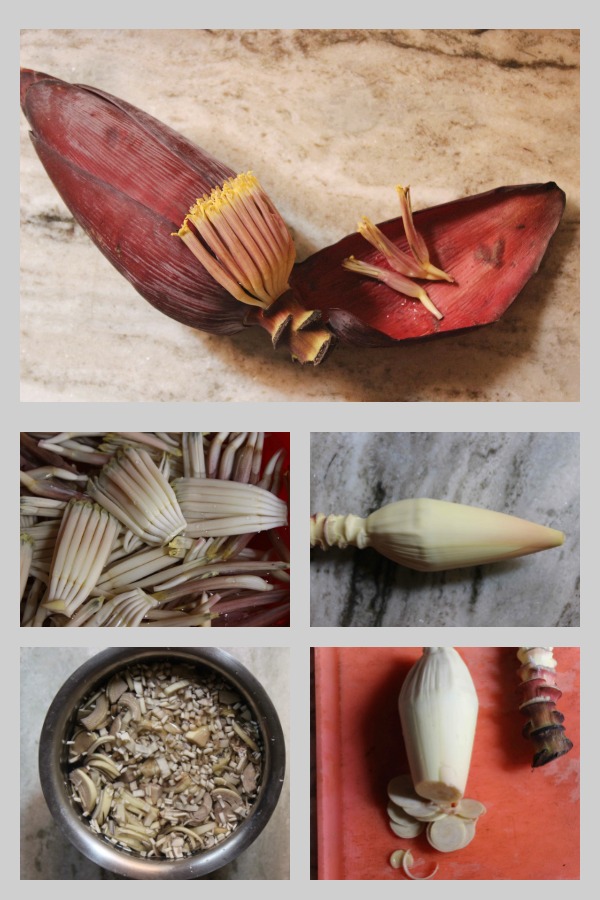Kosambri is a south Indian salad that is a must for any festival or function in Karnataka. I think our ancestors intended for us to eat healthy by mandating a salad amidst all that festival fanfare. It is usually The recipe posted below is of the version I have grown up eating . It was my favorite in the entire habbada oota (festival food) and if there were any leftovers, the whole family knew who could be counted on to finish it :D. These days you get various types of kosambri. There is one with grated carrot that tastes nice and the latest I have seen is with American sweet corn. It is either made with split moong dal or split chana dal. Personally I have always preferred moong dal. So the recipe below is for cucumber and moong dal kosambri....
A traditional South Indian salad consisting of lentils and cucumber
Recipe Type: Salad
Cuisine: South Indian
Prep Time: 2 Hours (includes lentil soaking time)
Cook time: 10 minutes
Yield: 3-4 servings
Ingredients:
½ cup Moong dal
1 Cucumber
1-2 Green Chillies
A handful Coriander
1 Tbsp desiccated fresh Coconut
2 tsp Oil
1 tsp Mustard seeds
5-6 Curry leaves
1 Tbsp Lime juice
Salt
Sautekayi Kosambri | Cucumber Koshambari
A traditional South Indian salad consisting of lentils and cucumber
Recipe Type: Salad
Cuisine: South Indian
Prep Time: 2 Hours (includes lentil soaking time)
Cook time: 10 minutes
Yield: 3-4 servings
Ingredients:
½ cup Moong dal
1 Cucumber
1-2 Green Chillies
A handful Coriander
1 Tbsp desiccated fresh Coconut
2 tsp Oil
1 tsp Mustard seeds
5-6 Curry leaves
1 Tbsp Lime juice
Salt
Method:
- Soak the moong dal in water for about 2-3 hours
- Drain the water and keep the moong dal aside
- Chop the cucumber finely and add to the moong dal
- Add lime juice and salt as per taste
- Heat oil in a small pan and add mustard seeds to it
- After the mustard seeds splutter, add curry leaves and slit green chillies and pour this tempering on the kosambri
- Add the desiccated coconut and finely chopped coriander leaves and mix well



